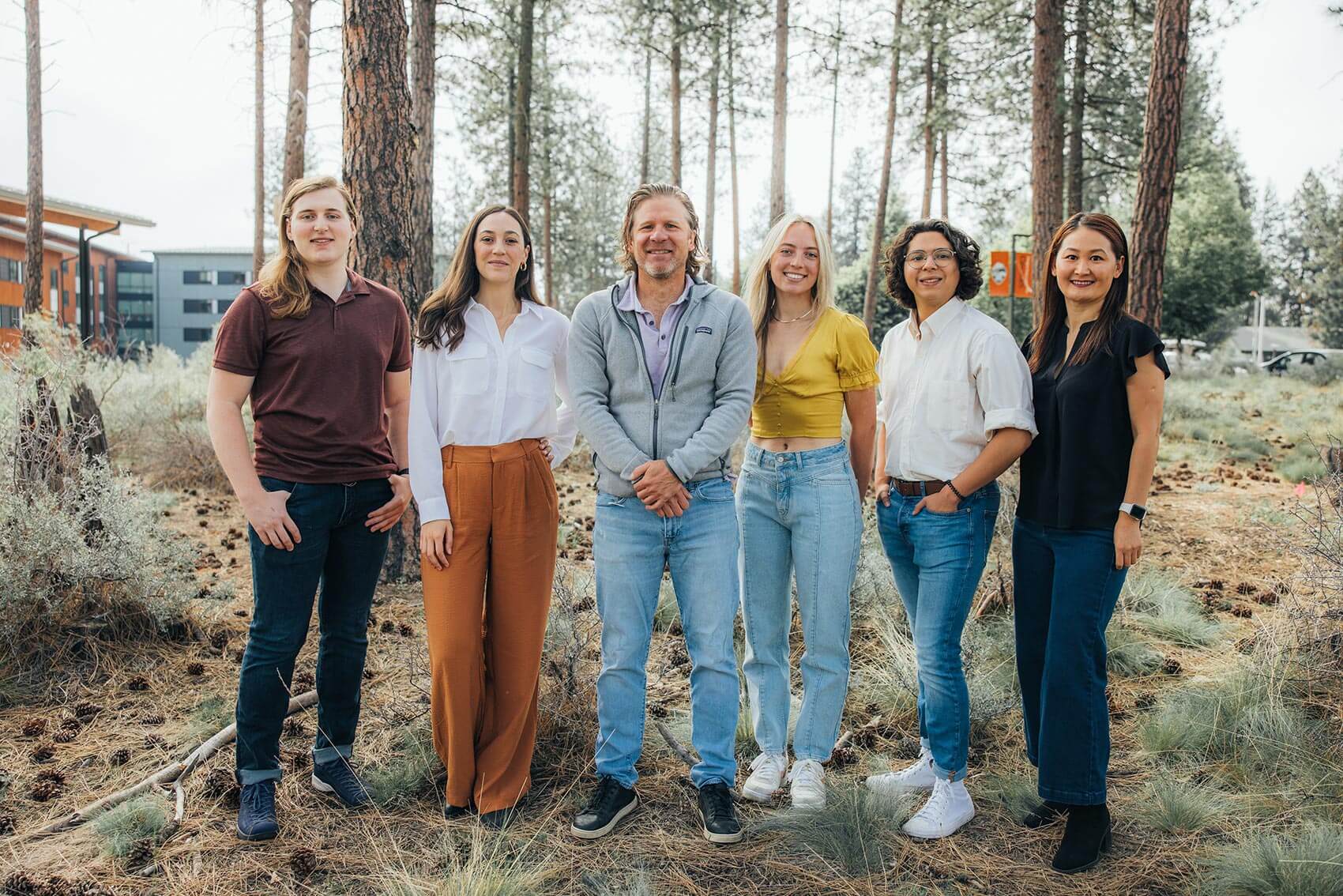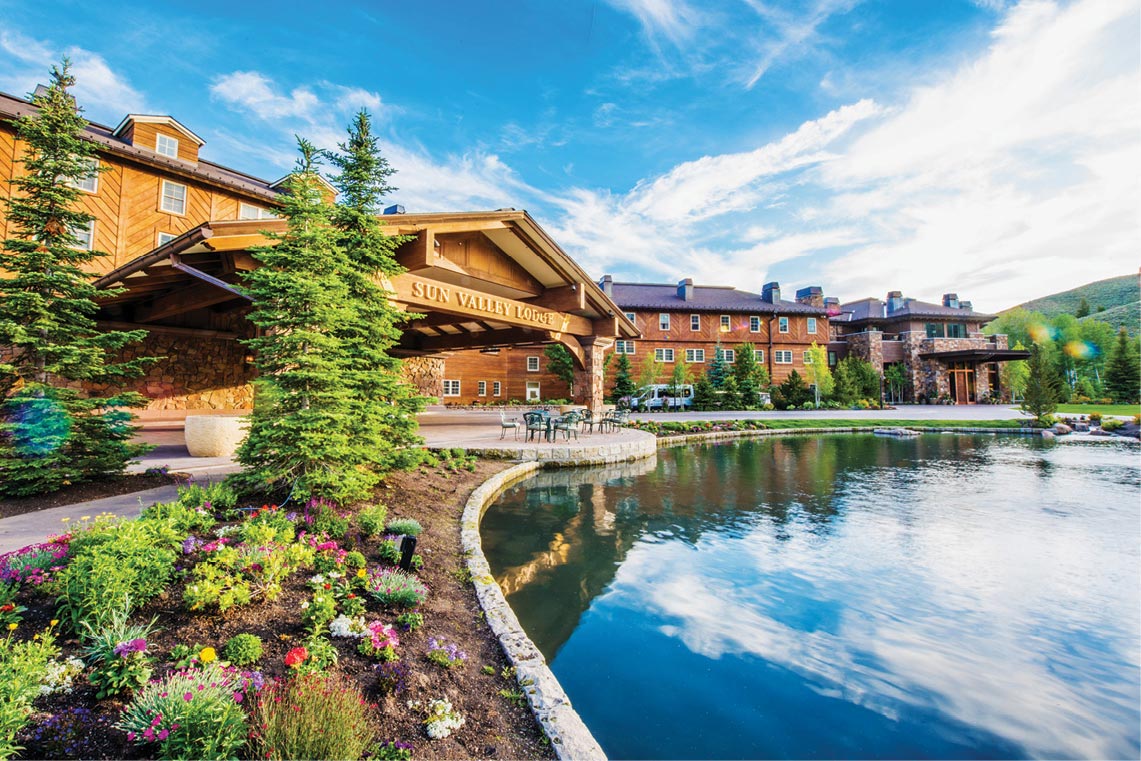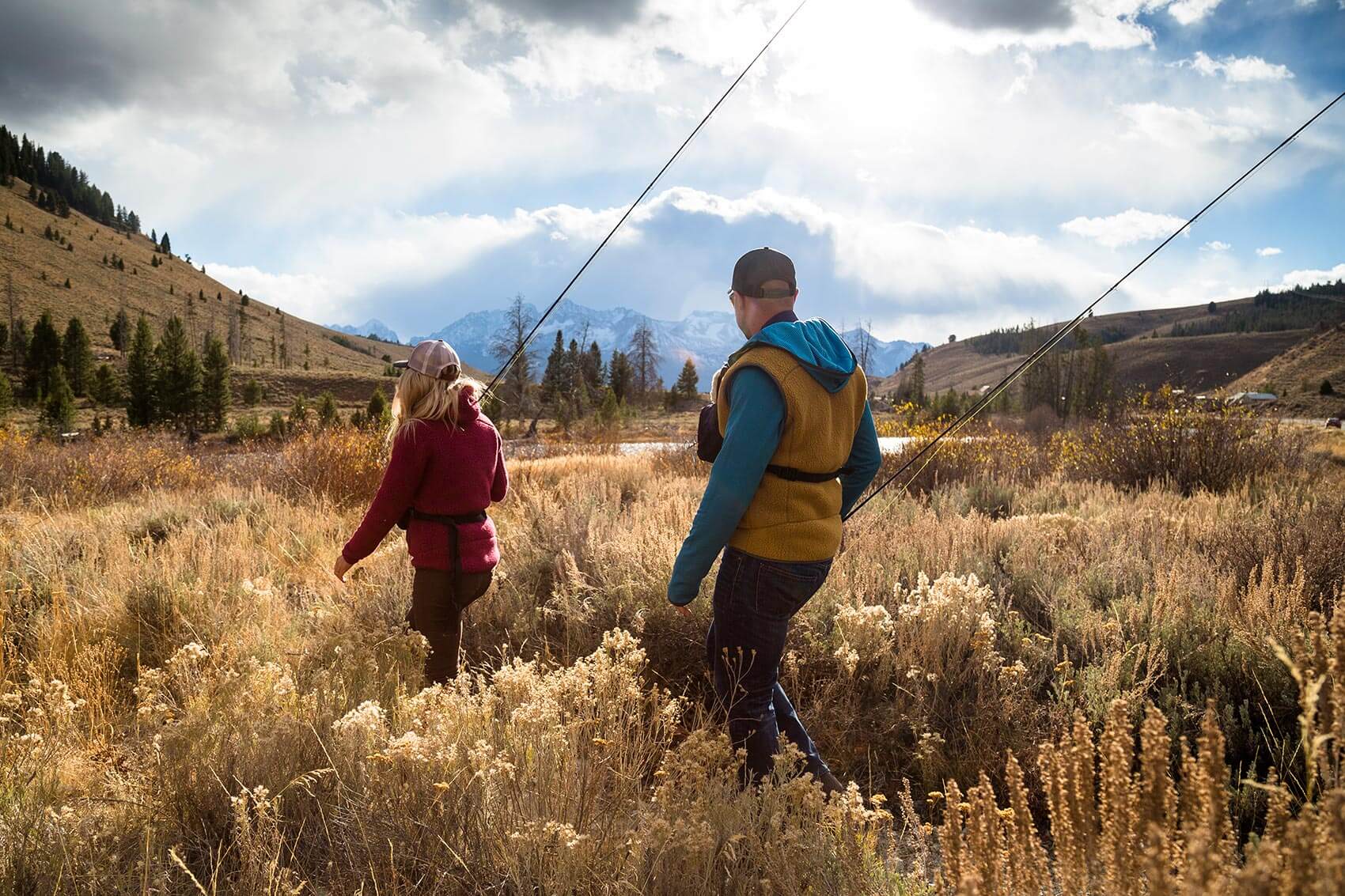Hell Roaring Lake, Sawtooth National Recreation Area | Photo Courtesy: Visit Idaho
Oregon and Idaho abound in urban attractions and endless outdoor recreation. It’s no wonder tourism has only continued to grow. Yet, as the numbers of visitors rise, so do the pressures on local communities and their surrounding landscapes. Fortunately, sustainable tourism offers a responsible, respectful path forward.
Surveys by travel websites reveal that 80%-90% of travelers want to have a sustainable trip. “There has been a huge turn,” said Arica Sears, deputy director of the Oregon Coast Visitors Association. “People want to do the right thing, but there’s a knowledge gap in how to do that, especially in the Pacific Northwest.”
Even for experts in the field, sustainable tourism is a new term in the United States. According to Todd Montgomery, the Robin and Curt Baney endowed professor at Oregon State University’s College of Business, the tourism industry has spent less than a decade exploring this emerging trend, while other countries have embraced it for many decades. Today, schools like OSU teach classes on the subject, and Montgomery founded and now directs the Sustainable Tourism Lab at OSU-Cascades.
“Sustainable tourism is trying to find that balance between the economy, the community and the environment, where the costs and benefits for both the resident and the visitor, are in equilibrium,” Montgomery said. “Most tourists view their visit as a positive thing, [because it provides] revenue for the community. But there are also these externalities—additional impacts on the community and especially on the environment.”

The team at OSU-Cascades Sustainable Tourism Lab with founder Tood Montgomery at center. | Photo Courtesy: Marvin Walder
By definition, sustainable tourism aims to preserve a destination for future generations of visitors and local residents alike. “Idaho is a special place and we want it to stay special for everyone to enjoy, now and in the future,” said Laurie McConnell, senior tourism communications specialist at Idaho Tourism. “The pandemic brought first-time visitors and new residents to the state, some of whom had little familiarity with recreating in the outdoors, or maybe even small-town life. We want to help educate travelers on how to do what is right and safe in the outdoors, so they can, in turn, share that knowledge with friends and family.”
A long-term vision lies at the heart of proactive destination management organizations such as Visit Bend, which has shifted from marketing to management, a crucial step in developing sustainable tourism. Using short-term lodging tax income, Visit Bend supports local projects that create and protect sustainable experiences in town and outside of it.
“Ninety percent of our visitors say they come to experience the outdoors,” said Serena Gordon, sustainability director for Visit Bend. “At Visit Bend, this really translates to a focus on protecting our outdoor resources, so that businesses in our urban center can thrive. If we aren’t protecting this place, Bend itself will fail to prosper and thrive.”
Attitude, behavior, trail etiquette and even tipping your barista are all part of practicing sustainable tourism. “Treat the destination community as you would want your own community treated,” Montgomery said. For him, a sustainable visit begins with the awareness that tourism carries an impact. “Tourists should ask themselves: ‘How can I be a positive addition to that community? How can I add something positive during that stay?’”
A little homework before leaving goes a long way toward a sustainable visit. Some destinations provide information to help visitors better understand an area and better fit in. Sun Valley, for example, has its Mindfulness in the Mountains campaign which focuses on ways to be safe, responsible and friendly in the legendary ski town. In Oregon, the Be Kind to the Coast initiative outlines impacts of tourism on the region and how visitors can avoid or mitigate these. Bend has teamed up with the national education program, Leave No Trace, to teach people how to better steward the land they are visiting, with suggestions such as staying on trails and packing out trash.
Traveling by car offers the freedom to go at one’s own pace and to take in the surrounding scenery. Yet certain destinations like Bend and Boise are walkable and bikeable. Less traffic helps ease the impacts of tourism. Why not let a shuttle service do the driving? “You can very easily park your car at your downtown Bend hotel and not start it again until you leave,” Gordon said. “Getting out of your car once you get to Bend is one of the best things that you can do, both from the perspective of getting to know the city and lowering one’s impact on the environment.”
Sustainable tourism relies on action and commitment, which pay off by enriching a stay through deeper involvement. “It’s not just about recycling and not using styrofoam cups,” Gordon said. “Are you taking a look at the assets that you’re utilizing while you’re in a community? Are you giving back? Are you volunteering to do trail work? If you skied at Virginia Meissner Sno Park [in Central Oregon], would you consider making a donation to Meissner Nordic Club?” she asked.

Sun Valley, Idaho promotes a Mindfulness in the Mountains campaign. | Photo Courtesy: Visit Idaho

Fishing the Salmon River, Lower Stanley, Idaho | Photo Courtesy: Visit Idaho
Mending trails or collecting litter isn’t an option for all travelers, but other ways to give back exist. Start by supporting local businesses and restaurants. Along the Oregon Coast, for instance, three established Food Trails lead epicureans to fresh and local offerings. The Oregon Coast Visitors Association is collaborating with the booking website Kind Traveler to promote hotels that donate a portion of room fees to organizations undertaking local environmental restoration projects. “There are ways we can make sure the investments we choose are benefiting local communities and their livability, too,” Sears said.
Timing also matters. During fire season, building a campfire might be illegal, not to mention, catastrophic. In the winter, cold temperatures can make outdoor activities dangerous in high altitude places around Oregon and Idaho. On the coast, it’s wise to know the tides and understand how rip tides and rip currents work to avoid surprises. Tourists in trouble put an added strain on local emergency services, some of which rely on volunteers.
Arriving outside of peak tourist season offers the benefit of fewer lines and emptier trails. Local businesses enjoy support during those slower times, and visitors get a better sense of an area’s true character without the distraction of crowds. It’s important to keep in mind that tourist destinations are also towns and communities where people live year-round.
Sustainable tourism is a work in progress, but it is working. “Anecdotally we hear from public land managers and state park managers that there are still challenges,” McConnell said. “But change doesn’t happen overnight, and we’re hopeful that with consistent messaging, we will continue to see progress.”
Daniel O’Neil is an Oregon-based writer who spent a decade living abroad in both France and Spain. He has written about the arts, snowboarding, wine, food and more for regional and national magazines and for nonprofit organizations.

